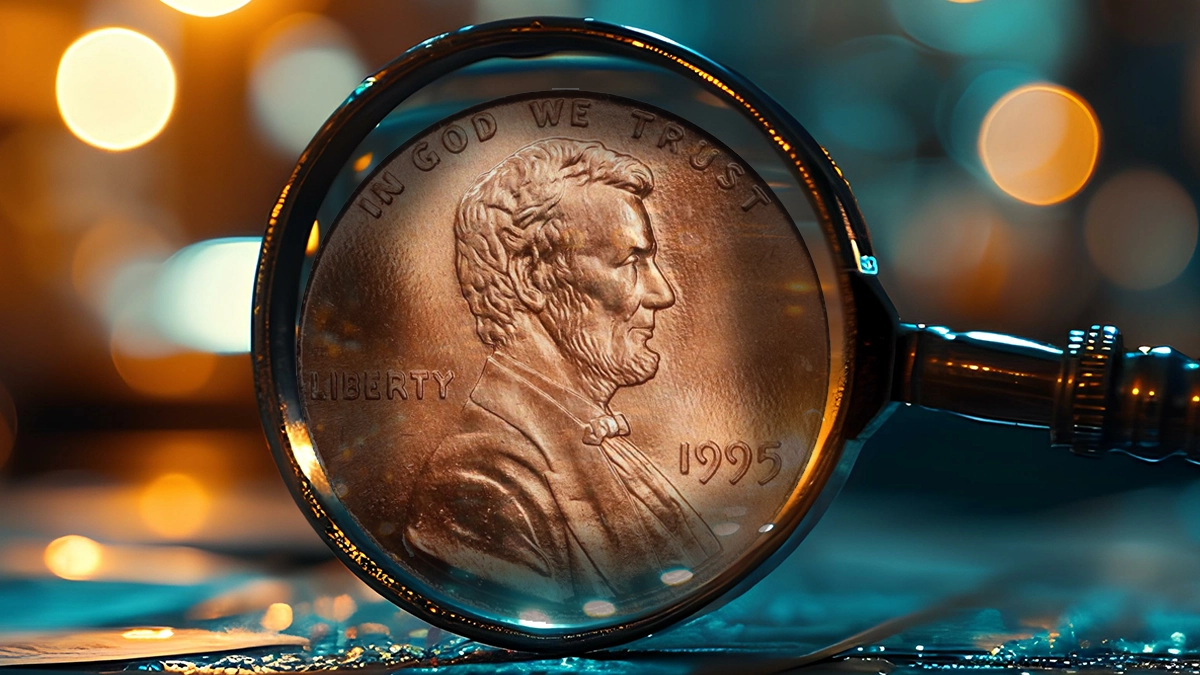By CoinWeek …..
Collectors new to the passion are inundated with info related to coin worth, however typically they lack fundamental insights that go in to the dedication of what a coin is value. For novices, there are six key components that affect a coin’s worth, and understanding how these work together will enable you make knowledgeable selections when shopping for or promoting your numismatic holdings.
The six key components that affect a coin’s worth are:
Rarity
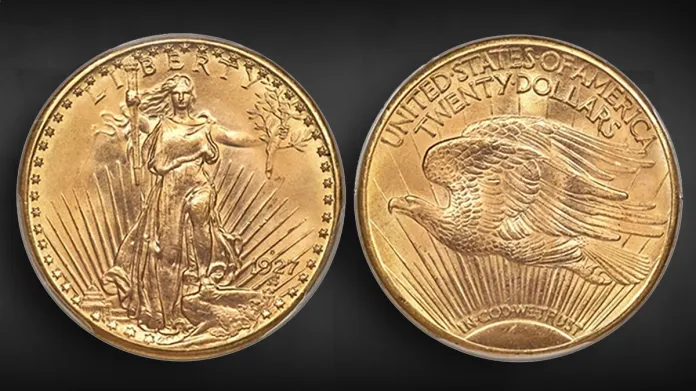
Cash which can be uncommon because of low mintage numbers, brief manufacturing intervals, or distinctive traits are usually extra worthwhile than cash with higher availability. For classic cash, attrition typically performs a big half in taking cash that after appeared frequent however at the moment are thought of uncommon. Take the 1927-D Saint-Gaudens Double Eagle, for example. The United States Mint struck 180,000 of those cash, however solely 14 to fifteen are identified to have survived the federal government’s huge gold coin soften of the late Thirties. Due to this, no matter situation, all 1927-D Saints are worthwhile.
One shouldn’t overly depend on rarity, nonetheless, as many fashionable cash are produced in restricted numbers by Mints and personal issuers. If these cash have restricted enchantment, it doesn’t matter if 500 or solely 50 exist. Within the uncommon coin passion, we name these purposefully-made rarities.
Situation
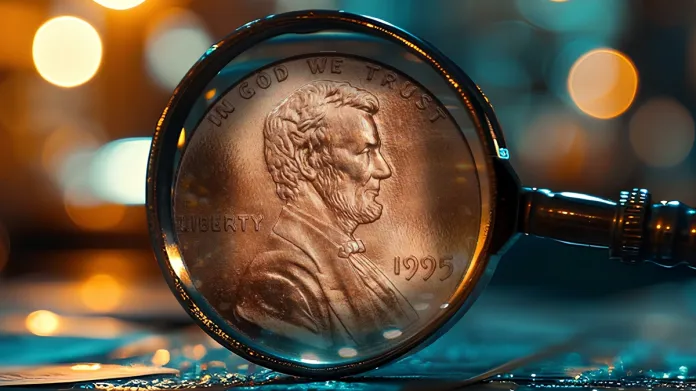
A coin’s state of preservation considerably impacts its worth. Cash in Mint State or About Uncirculated situation typically are value greater than these which can be worn or broken. Figuring out an summary of a coin’s grade might be achieved by finding out accessible literature on grading, however narrowing down the grade to a degree of market acceptability requires exterior certification. The three grading companies whose opinions are accepted industry-wide are Licensed Acceptance Company (CAC), Numismatic Warranty Firm (NGC), and Skilled Coin Grading Service (PCGS). These companies every apply their very own interpretations of the Sheldon Scale, grading cash on a spectrum from 1-70, with 70 being “good”.
Classic cash and cash struck for circulation will seldom strategy grading perfection, however modern-made numismatic cash, reminiscent of American Silver Eagles, Proof cash, and commemoratives will routinely grade both 69-70. The worth of 70s for the sort of materials typically is determined by the opposite components enumerated on this listing.
Historic Significance

Cash with historic significance, reminiscent of these minted throughout vital occasions, with distinctive designs commemorating historic figures or moments, or from pivotal intervals in historical past, can see their worth enhance because of collector curiosity in that historical past. That is true for cash struck in the course of the California Gold Rush just like the $1.26-million Pacific Firm $5 gold coin that not too long ago offered, or cash struck in the course of the Civil Battle just like the 1864 Two-Cent Piece. Collectors typically see cash linked to an essential occasion as extra attention-grabbing than cash from a random date, and oftentimes, occasions at totally different factors in historical past have a direct affect on the rarity and situation of cash at present.
Collector Demand
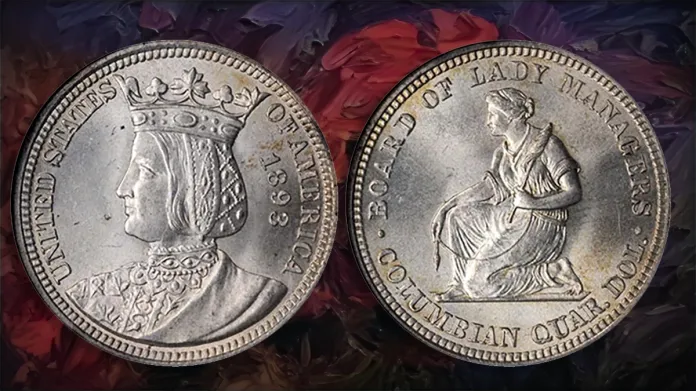
The extent of curiosity from collectors can drastically have an effect on a coin’s worth. Well-liked collection just like the Morgan Silver Greenback and Lincoln Wheat Cent will not be as uncommon as different collection, however they’re extensively collected. Due to this, they are often extra worthwhile that scarcer cash with a decrease collector base.
Demand just isn’t a continuing, and attitudes a few collection can change over time. Within the early Eighties, sellers rode a wave of enthusiasm for traditional commemorative cash, which on paper have all 4 components we’ve mentioned up to now: shortage, historic significance, situation, plus demand. This drove costs skyward, but it surely was not lengthy earlier than collector attitudes modified and over time even cash with mintages of simply 2,000 to three,000 cash appeared frequent as a result of fewer and fewer collectors needed them.
Materials Composition
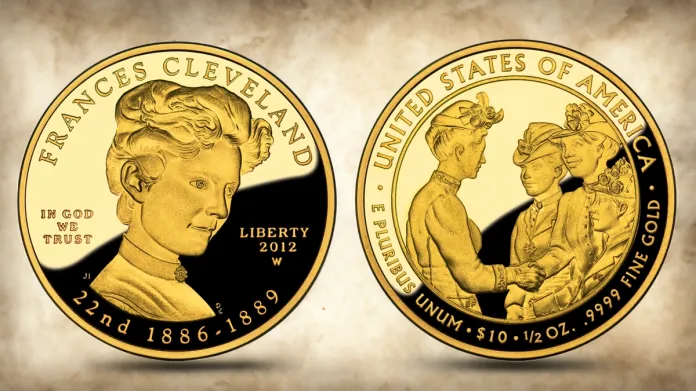
A coin’s metallic composition can affect its worth. That is very true for frequent cash product of gold or silver. These cash might carry little numismatic premium, however will fluctuate in value based mostly on the prevailing costs of their metallic content material.
For classic cash, materials composition will typically play an element within the coin’s survivability (such because the case with the 1927-D), its desirability (collectors sometimes favor cash product of valuable metals), and its present state of preservation (gold and silver are softer metals than these at present used to strike cash and copper cash are extremely reactive and sometimes tarnish over time).
Emotion

Collectors are sometimes pushed by emotion and compete enthusiastically towards one another for the perfect cash. Legendary collector John Jay Pittman famously employed the “Statue of Liberty” play to win a Proof 1854 Kind Two Gold Greenback at public sale. In maintaining his hand raised and staring down the opposite bidders at a public public sale, he communicated that his dedication to accumulate the coin in any respect prices was absolute. He was pushed by emotion.
Collectors are drawn to cash with the “It Issue” and sometimes throw out the value guides in relation to cash that know no comparables. For this reason you typically see fantastically-toned Morgan {Dollars} promote for multiples of what similarly-graded cash deliver.
Ardour could be a good factor when accumulating, however it could additionally lead to dangerous selections and collectors ought to seek the advice of with professionals earlier than making a purchase order based mostly on emotion alone.
* * *
No single one in all these components will decide a coin’s worth. However all six, working collectively, make up the system that skilled collectors and sellers use when setting the market. To graduate from being a newbie collector to at least one extra seasoned, understanding these six options are important.
What do you make of those components and what further components do you utilize to find out a coin’s worth? Tell us within the feedback.
* * *

